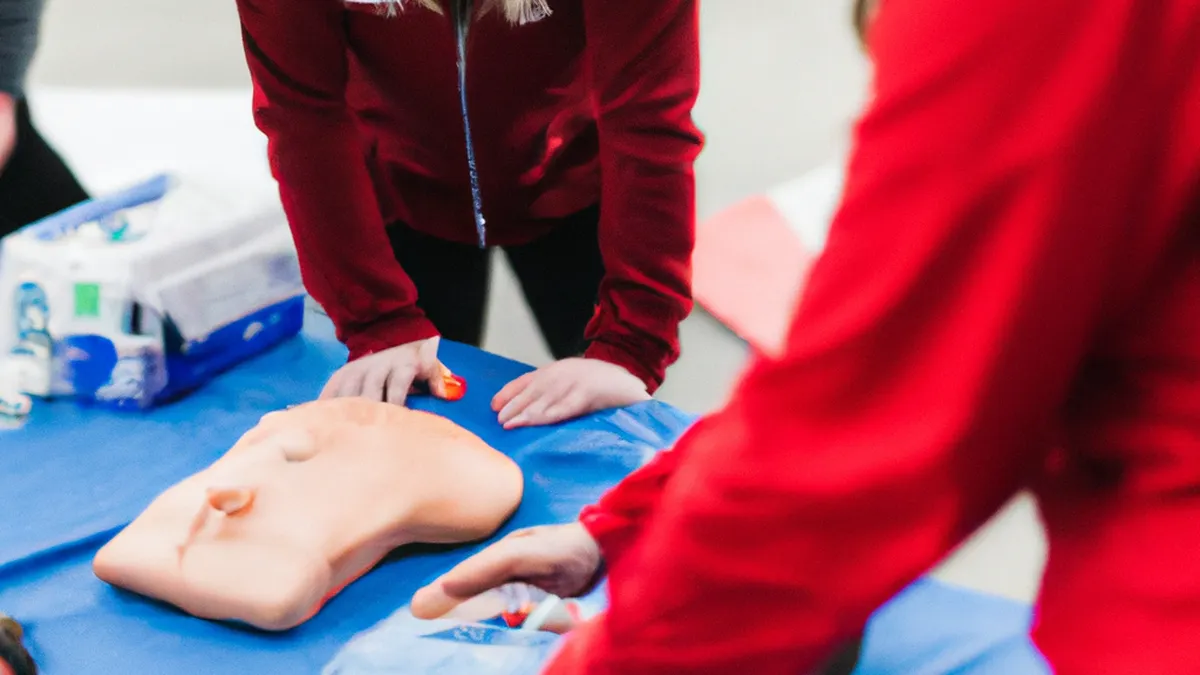Jumpstart Your Training with Simple Warm-Ups
Warm-Up Routines to Prevent InjuriesInjuries disrupt your fitness journey and cause frustration. A proper warm-up routine prevents injuries and sets you up for success. Warming up prepares your body for activity by increasing blood flow, enhancing flexibility, and improving performance. This article explores effective warm-up routines that promote a healthier fitness approach.
Importance of Warming Up
A warm-up routine is essential before any exercise. Warming up gradually raises your heart rate, preparing your cardiovascular system for exertion. It also increases muscle temperature, making muscles more pliable and less injury-prone. Warm muscles stretch further, reducing the risk of strains or tears.Warming up enhances your range of motion. Flexible joints and muscles allow for efficient movement. This efficiency improves performance and helps you achieve fitness goals faster. A well-executed warm-up boosts mental focus, allowing you to concentrate on your workout.
Dynamic Stretching
As an Amazon Associate I earn from qualifying purchases.
Gear tip: consider compression sleeves, compression socks, and blister pads to support this topic.
Dynamic stretching effectively warms up your body by moving it through a full range of motion. Unlike static stretching, dynamic stretching activates muscles without holding a stretch, making it ideal for warming up.
Examples of Dynamic Stretches
1. **Leg Swings:** Stand next to a wall for balance. Swing one leg forward and backward, keeping controlled movement. Repeat 10 times on each leg to loosen hip joints and activate hamstrings and quadriceps.2. **Arm Circles:** Extend your arms to the side at shoulder height. Make small circles, gradually increasing their size. Do this for about 30 seconds in each direction to warm up shoulder joints and promote upper body mobility.3. **Walking Lunges:** Step forward with one leg and lower your hips into a lunge, keeping your back straight. Alternate legs while walking forward. Perform 10 lunges on each side to engage your lower body and promote balance.Incorporate these dynamic stretches into your routine to activate muscles and improve coordination.
Gradual Intensity Increase
Start your workout with lower-intensity exercises to warm up effectively. This approach helps your body adjust gradually to higher demands. Spend about 5 to 10 minutes on low-intensity activities before moving to vigorous exercise.
Low-Intensity Activities
1. **Jogging:** Start with a light jog for five minutes to elevate your heart rate and warm your muscles.
Conclusion
A proper warm-up routine enhances your performance and prevents injuries. Use these strategies to prepare your body for a successful workout.
Below are related products based on this post:
FAQ
Why is warming up important before exercise?
A warm-up routine is essential as it gradually raises your heart rate and prepares your cardiovascular system for exertion. It increases muscle temperature, making them more pliable and less prone to injury, thus reducing the risk of strains or tears.
What are dynamic stretches, and why are they effective?
Dynamic stretches involve moving your body through a full range of motion, activating muscles without holding a stretch. They are effective for warming up as they prepare your body for activity by enhancing flexibility and improving coordination.
How should I start my workout after warming up?
After warming up, you should start your workout with lower-intensity exercises for about 5 to 10 minutes. This gradual increase in intensity allows your body to adjust to higher demands before engaging in more vigorous activities.















Post Comment